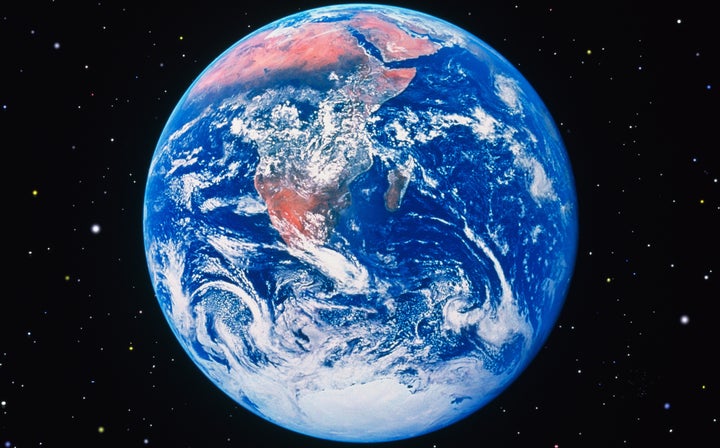It might only be August but we’ve already used up our allotted resources on Earth for the year.
Earth Overshoot Day is today and serves as a reminder of the increasing impact of human activity on the planet.
The day marks the point when our demand for resources exceeds what the planet can replenish annually.
The World Wildlife Fund says that every day of the year after Earth Overshoot Day is lived on resources “borrowed from future generations”.
Sebastian Winkler, Global Footprint Network (GFN) spokesman, told the Huffington Post US that the day has come about five days earlier than last year: “[It’s] a sign that humanity’s consumption of renewable natural resources continues to rise.”
Since the 1970s, humans have gone into ecological debt earlier and earlier each year. Overshoot Day fell on 24 December 1971. A decade later, it was mid-November. It first arrived in August in 2005.

Overshoot Day is calculated by comparing the amount of ecological resources Earth generates each year, its biocapacity, with humanity’s demand for the resources.
GFN includes resources such as cropland, livestock, fish stock, the use of forests for timer, space for urban infrastructure and carbon emissions.
According to GFN, we’re currently consuming the equivalent of about 1.6 Earths every year and by the 2030s we will need the equivalent of two Earths to support us.
But such a trajectory is by no means guaranteed. By reducing carbon emissions by 30% before 2030, Overshoot Day would be pushed back by a month.
Winkler said. “Balancing how much renewable natural resources we use with how much is generated is paramount if mankind is to thrive on our beautiful planet.
“Each of us has the opportunity to participate: the choices we make every day as consumers and as citizens actively contribute to the world that we will leave future generations.”
